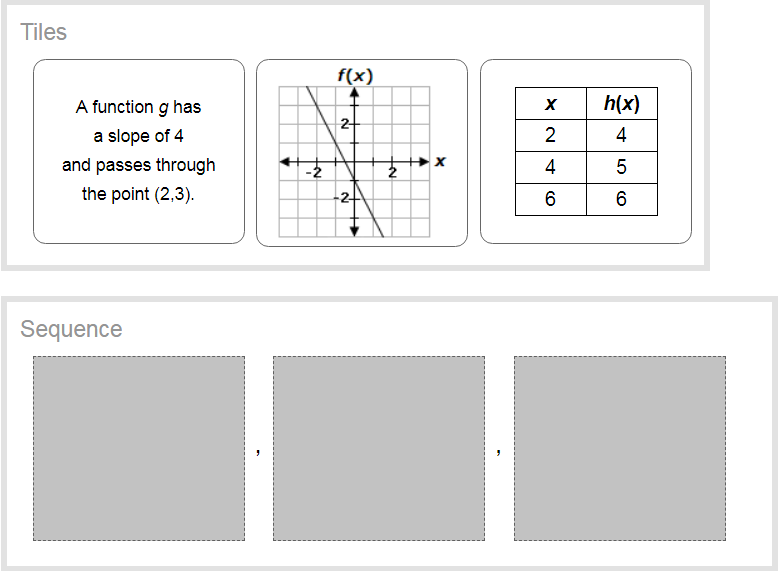Organize the functions from the least to greatest according to their y-intercepts.?

2 Answers
Explanation:
First
We have slope 4 and point
Using point slope form of a line:
Intercept is
From the graph you can see the y intercept is
Assuming these are all linear functions:
Using slope intercept form:
Using first two rows of table:
Solving
Subtract
Substituting in
Equation:
This has a y intercept of
So from lowest intercept to highest:
same as displayed
Explanation:
the equations for all linear functions can be arranged into the form
'a function
we know that
since
hence,
-
next shown is the graph of
the
reading off the scale for the
hence,
-
the table of values for the function
we see that for each time
this is the same pattern for decrease.
since
the
when
hence,
-
so we have
these are in order from smallest to largest, so the sequence should be the same as in the pictures.


